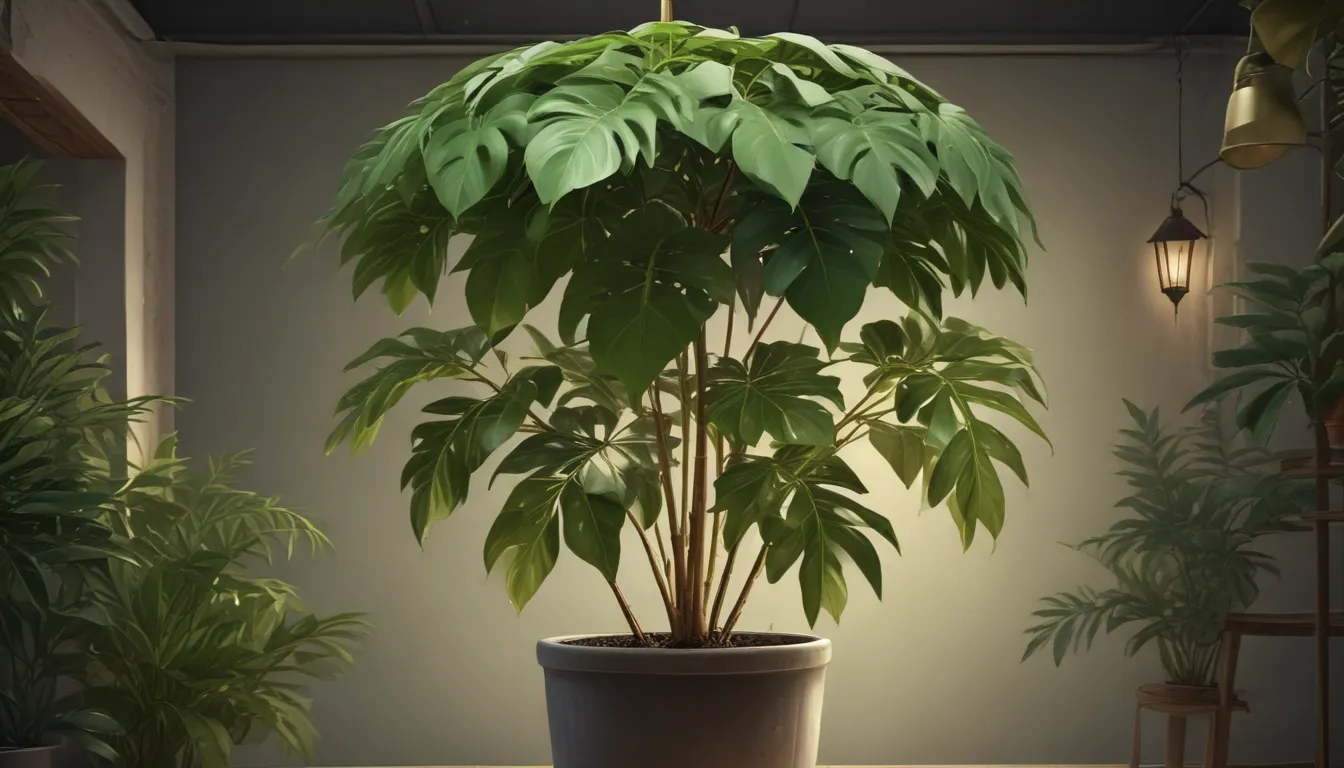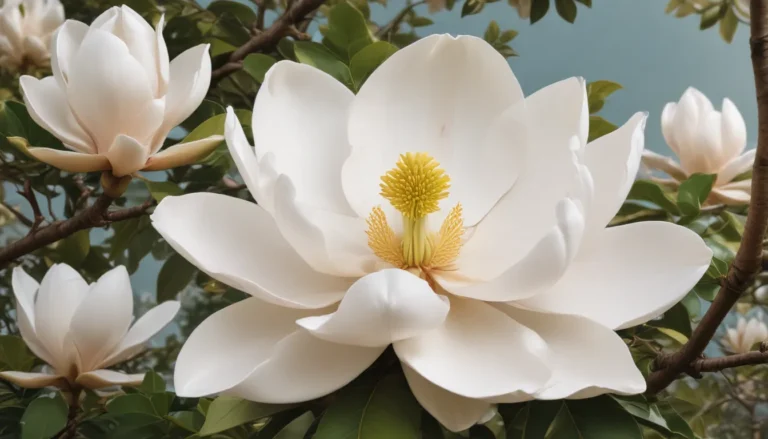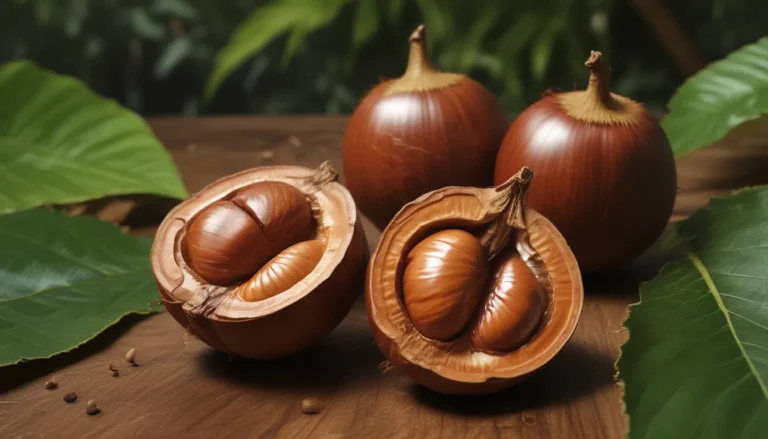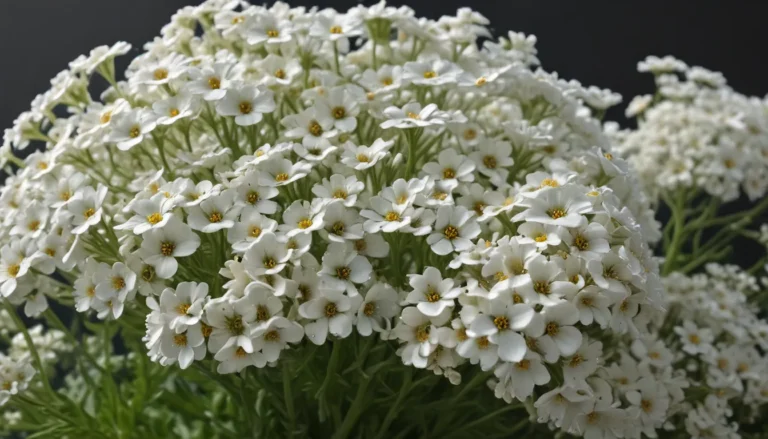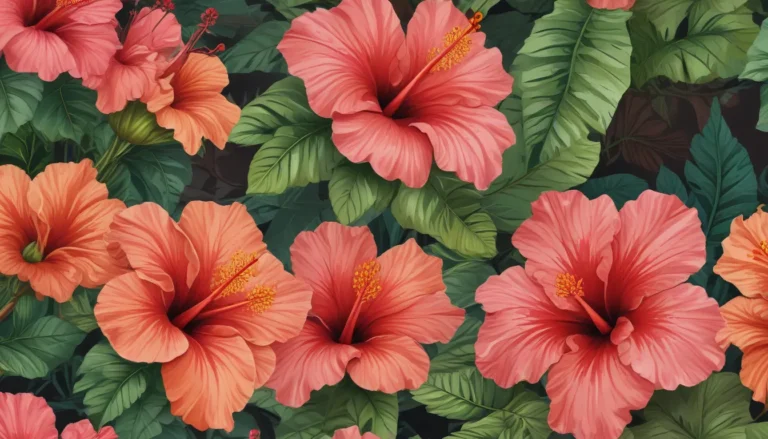The pictures we use in our articles might not show exactly what the words say. We choose these pictures to make you interested in reading more. The pictures work together with the words but don’t take their place. The words still tell you the important facts.
Are you a plant enthusiast looking to add a unique touch to your indoor or outdoor space? Look no further than the Umbrella Plant, also known as Schefflera. This popular choice among gardeners offers not only a stunning appearance with its distinctive umbrella-like foliage but also easy maintenance, making it a go-to option for both beginners and experienced plant lovers. While you may be familiar with this striking plant, there are some surprising facts that you may not know. Let's delve into the world of the Umbrella Plant and explore eight fascinating facts that will surely capture your interest.
Unlocking the Secrets of the Umbrella Plant
Not Just Any Plant
Contrary to its name, the Umbrella Plant (Schefflera) is not a single plant but a genus encompassing several species of tropical trees and shrubs. Its common name stems from the way its leaves cluster at the top, resembling an open umbrella.
A Native Treasure
The Umbrella Plant calls Australia, Papua New Guinea, and the Solomon Islands its home. Thriving in tropical and subtropical regions, this plant can be found flourishing in rainforests and other lush environments.
Easy Care and Maintenance
One of the key attractions of the Umbrella Plant is its simplicity when it comes to care. This low-maintenance plant can adapt to various light conditions, but it thrives best in bright, indirect light. Furthermore, it can withstand different temperature and humidity levels, making it a versatile addition to any space.
Green Clean Air Machine
Known for its air-purifying properties, the Umbrella Plant is a great asset for any indoor environment. Its broad leaves are effective in filtering out toxins from the air, making it an ideal choice for spaces with poor air quality.
Rising Up to Great Heights
Under favorable conditions, the Umbrella Plant can reach heights of up to 6 feet, showcasing its impressive growth potential. However, regular pruning can help maintain a more manageable size, ensuring it fits perfectly within various indoor settings.
Symbol of Good Fortune
In some cultures, the Umbrella Plant is considered a symbol of good luck and prosperity. Placing it near entrances or within homes and offices is believed to invite positive energy and good fortune into the space.
Toxic Beauty
While the Umbrella Plant enhances the aesthetic appeal of any space, it is essential to note that it is toxic to pets, particularly cats and dogs if ingested. Pet owners should take precautions to keep their furry friends away from this plant or consider pet-friendly alternatives.
Sharing the Love
The Umbrella Plant offers plant enthusiasts the opportunity to propagate it easily through stem cuttings. By taking a healthy cutting and following simple steps to encourage root development, you can share the beauty of this plant with others or expand your own collection.
Frequently Asked Questions
- How often should I water my umbrella plant?
-
Keep the soil evenly moist, but avoid overwatering. Watering once a week when the top inch of soil is dry is recommended during warmer months, and less frequently in winter.
-
Can I place my umbrella plant in direct sunlight?
-
Umbrella plants thrive in bright, indirect light. While they can tolerate some direct sunlight, intense exposure should be avoided to prevent leaf scorching. A north or east-facing window is ideal.
-
How tall can an umbrella plant grow?
-
In their natural habitat, umbrella plants can reach up to six feet tall. Indoors, they typically grow to a height of three to four feet. Pruning can help control growth and maintain a compact shape.
-
Is the umbrella plant safe for pets?
-
The umbrella plant is toxic to pets if ingested, so it's best to keep it out of reach of cats, dogs, and other animals. Opt for pet-friendly plants if you have furry companions at home.
-
How do I propagate my umbrella plant?
-
Propagating an umbrella plant through stem cuttings is simple. Take a 4-6 inch cutting from a healthy plant, place it in well-draining soil, keep it moist until roots develop, and gradually reduce watering.
-
Why are the leaves of my umbrella plant turning yellow?
- Yellow leaves on an umbrella plant may indicate overwatering, underwatering, or exposure to cold drafts. Review your watering practices and ensure the plant is kept in a draft-free area.
Enhance your plant care knowledge with a soil pH meter, the perfect tool for ensuring your plants thrive. Explore the mysteries of Schefflera, a captivating addition to any home. Dive into the tropical world of bromeliads and their remarkable adaptations. Whether you're a seasoned plant parent or new to the world of gardening, these fascinating flora will keep you captivated and your living space vibrant with greenery.
Our Commitment to Quality
At our core, we are dedicated to providing reliable and engaging content that enriches the lives of our readers. Each fact shared on our site is contributed by real users like you, offering a diverse range of insights and information. Our team of dedicated editors meticulously reviews each submission to ensure the highest standards of accuracy and reliability. Rest assured that the facts we offer are not only intriguing but also credible. Trust in our commitment to quality and authenticity as you journey with us to explore and learn together.
